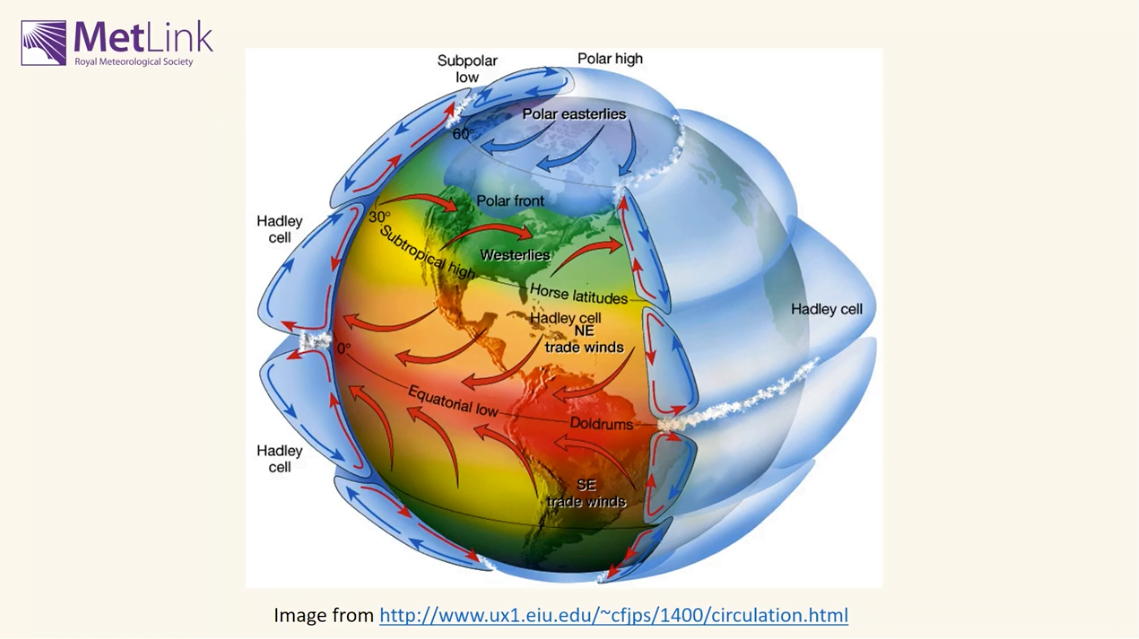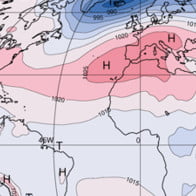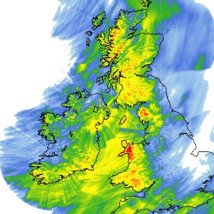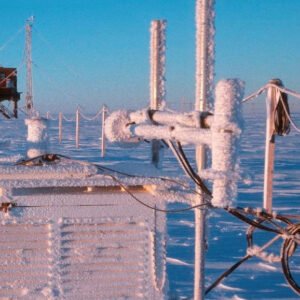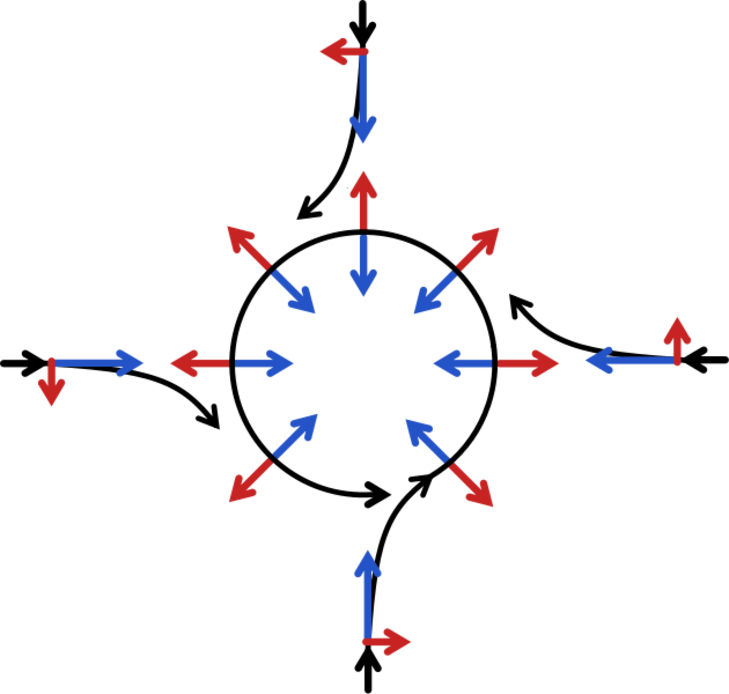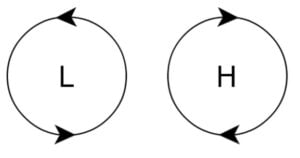Use this Global Atmospheric Circulation practice exercise.
Changes to the Global Atmospheric Circulation as the climate changes.
Other Useful Links
- An animated gif showing how precipitation changes through the year around the world from views of the world.
- Near real time global precipitation
- Zoom Earth for satellite images
- Earth.nullschool.net
